Last month to shop K-Beauty on STYLE STORY. We’re moving to K-Beauty consultancy. Details
Menu
Fungal Acne and K-Beauty Solutions
August 04, 2024
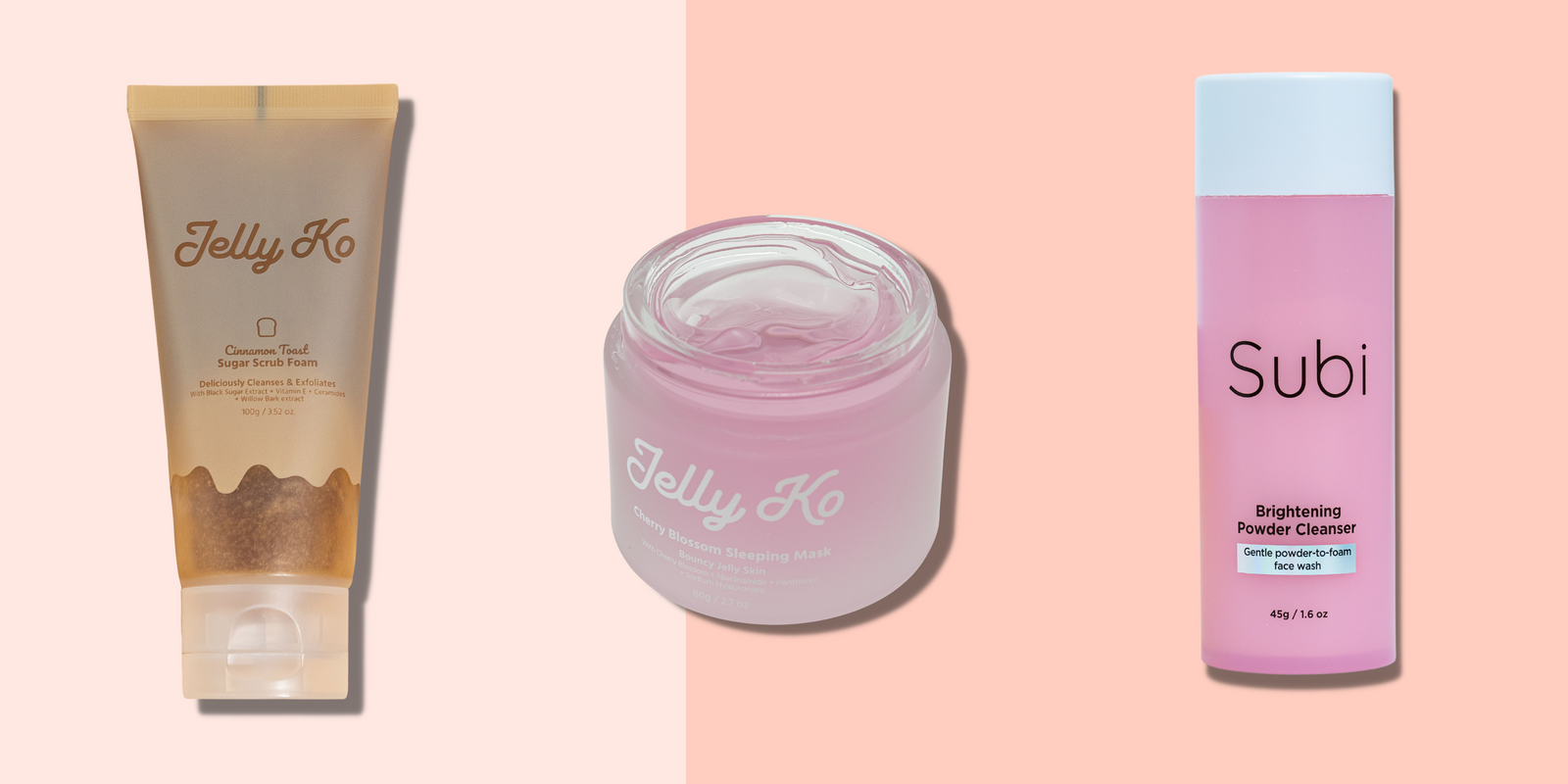
Fungal Acne And K-Beauty Solutions
It’s the new beauty buzz word popping up on skincare forums and Reddit but what is it, do you have it and how do you treat it?
Today, we’re deep diving into fungal acne and offering some K-Beauty solutions that can assist while you obtain medical treatment.
How To Know If You Have Fungal Acne
Do you suffer from seriously stubborn acne that won’t go away no matter what you try? Feel like your acne products just aren’t working?
If this sounds like your experience then you might not have the usual pimples or acne. Instead, it’s possible that fungal acne is the culprit.
Want to know more about Fungal Acne & K-Beauty? Tune into the Korean Beauty Show podcast:
What Is Fungal Acne?
Fungal acne, or pityrosporum (malassezia) folliculitis, is not acne in the traditional sense. While the acne you’re used to is caused by oil and bacteria, fungal acne is caused by overgrowths of yeast that are usually found clustered around hair follicles.
If you’ve got small itchy bumps on your face that won’t budge and get worse when it’s hot and humid, you might have fungal acne.
The first thing to know is that the yeast that causes fungal acne is always on your skin. However, your body can usually do a good job of keeping the yeast in check.
There are a range of reasons as to why yeast overgrowths can occur. These can include:
- Weather (especially hot and humid conditions);- Health (when your immune system is weakened);
- Diet (yeast and fungi love carbohydrates and sugar) and
- Skin conditions (oily skin can create the ideal growth environments for fungal acne).

Things To Look Out For
While they look similar, there are differences between regular bacterial acne and fungal acne. Some key signs of fungal acne include:
Itchiness: Fungal acne is usually itchy, whereas bacterial acne rarely causes itchiness.Size: There’s usually little variation in size between fungal acne bumps, and they’re often found in clusters. Bacterial acne can come in a wide range of sizes but don’t cluster as much.
Location: You can often find fungal acne in all sorts of places – not only on your face, but also your chest, back and arms (tight clothing can be a cause of this). Bacterial acne is usually only found on the face.
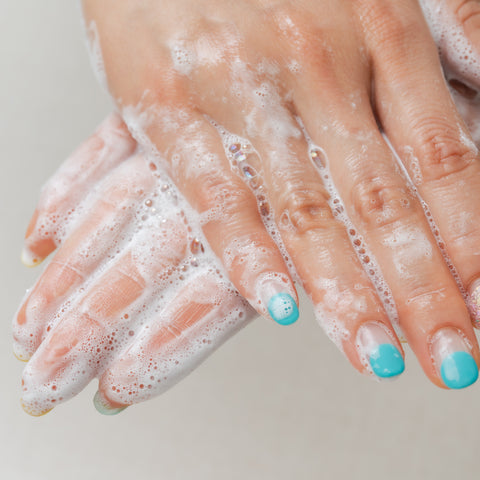
How To Treat Fungal Acne
Although these signs indicate the possibility of fungal acne, it’s important not to rely on your own diagnosis.
As fungal acne is treated differently to bacterial acne, we always advise visiting your doctor or dermatologist to properly determine whether you have fungal acne or not.
You might be pointed in the direction of topical or oral antifungal medications for treatment.
In the meantime, there are skincare products you can use that are fungal-acne safe, meaning they won’t aggravate the condition while you’re being treated.

Fungal Acne Safe K-Beauty Products
If your doctor has diagnosed fungal acne, then take a look at these options:
Cleanser: A gentle cleanser that won’t irritate your skin is a good way to minimise the environments that yeast like to grow in. We love Subi Brightening Powder Cleanser, which is fungal acne safe.
Exfoliator: When it comes time to clear your pores of dirt, oily buildup and dead skin cells, then opt for a customisable cleanser like Jelly Ko Cinnamon Toast Sugar Scrub Foam.
Moisturiser: Remember that fungal acne loves oily, moist environments. If you’re using a heavy, thick moisturiser, consider replacing it with something more balanced. Try Cherry Blossom Sleeping Mask, which is fungal acne safe.
How To Check Whether Your Products Are Fungal Acne Safe
It can be tricky to know whether your skincare products are fungal acne safe or not.
Lucky for us, there is now a resource where you can double check the ingredients of your skincare products against a known list of fungal acne triggers.
Check out the Fungal Acne Safe website here.
Have you adopted K-Beauty products into your routine when you’ve had fungal acne? Let us know in the comments.
Shop Now
Fungal acne is treated differently to bacterial acne, so it's important not to self-diagnose.
- STYLE STORY
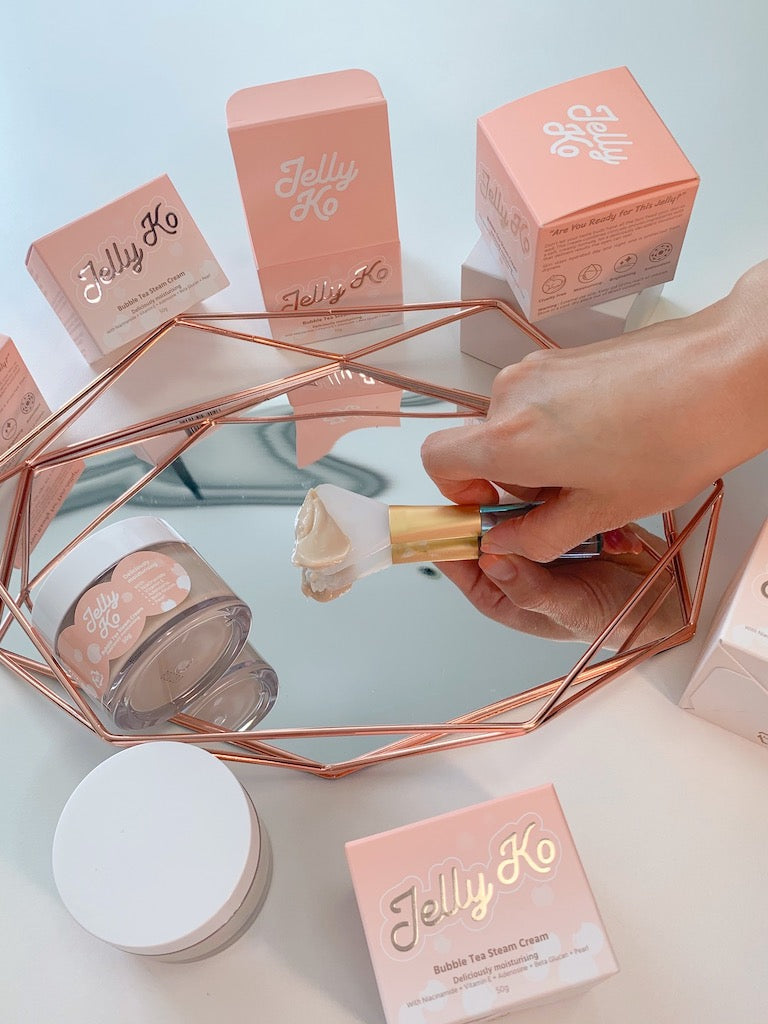
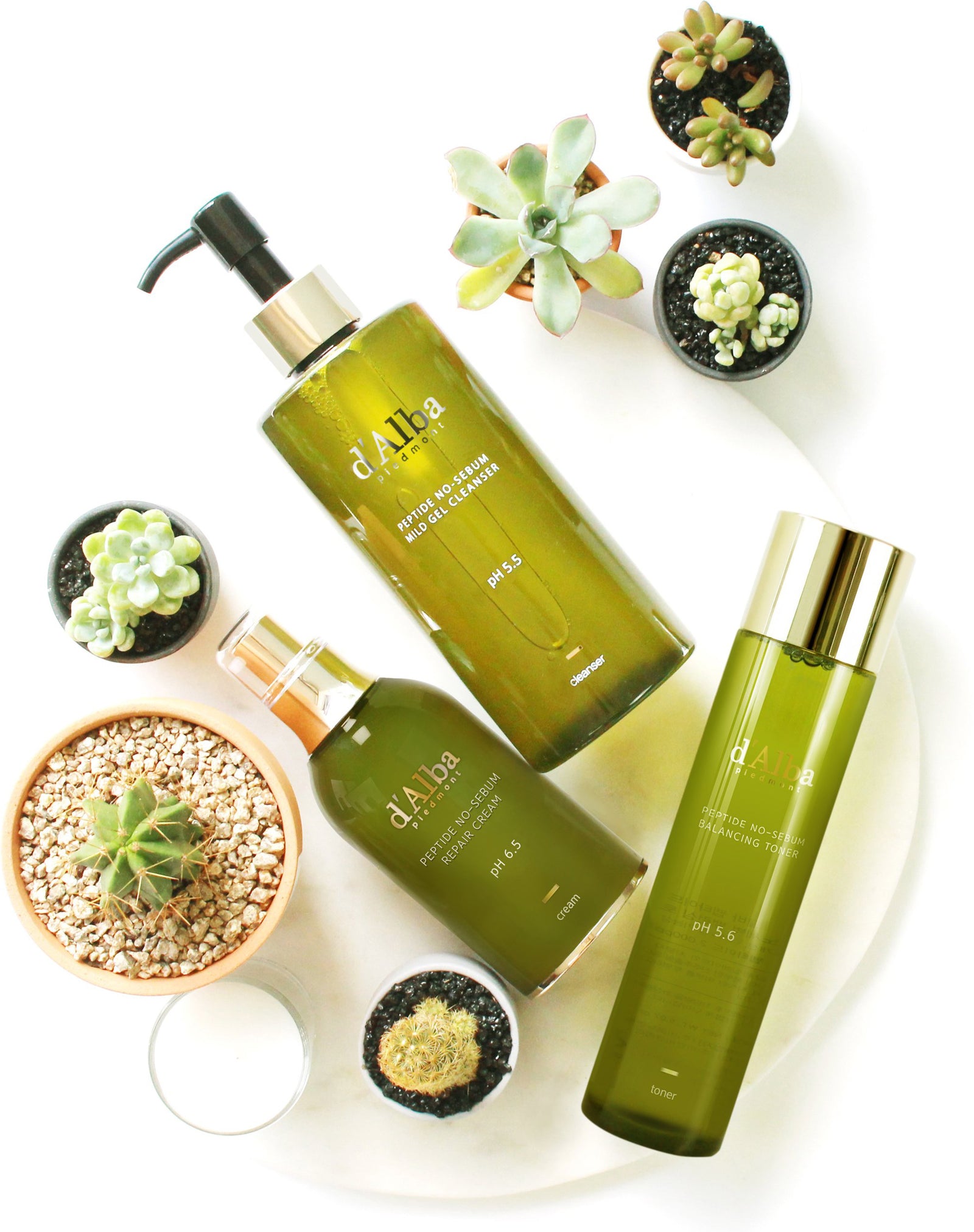
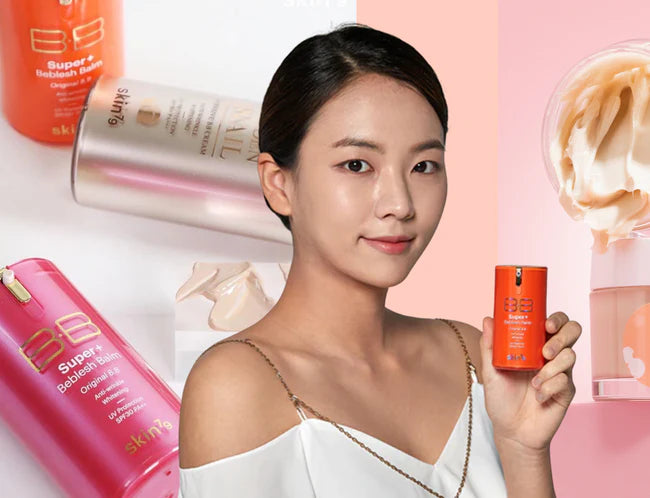
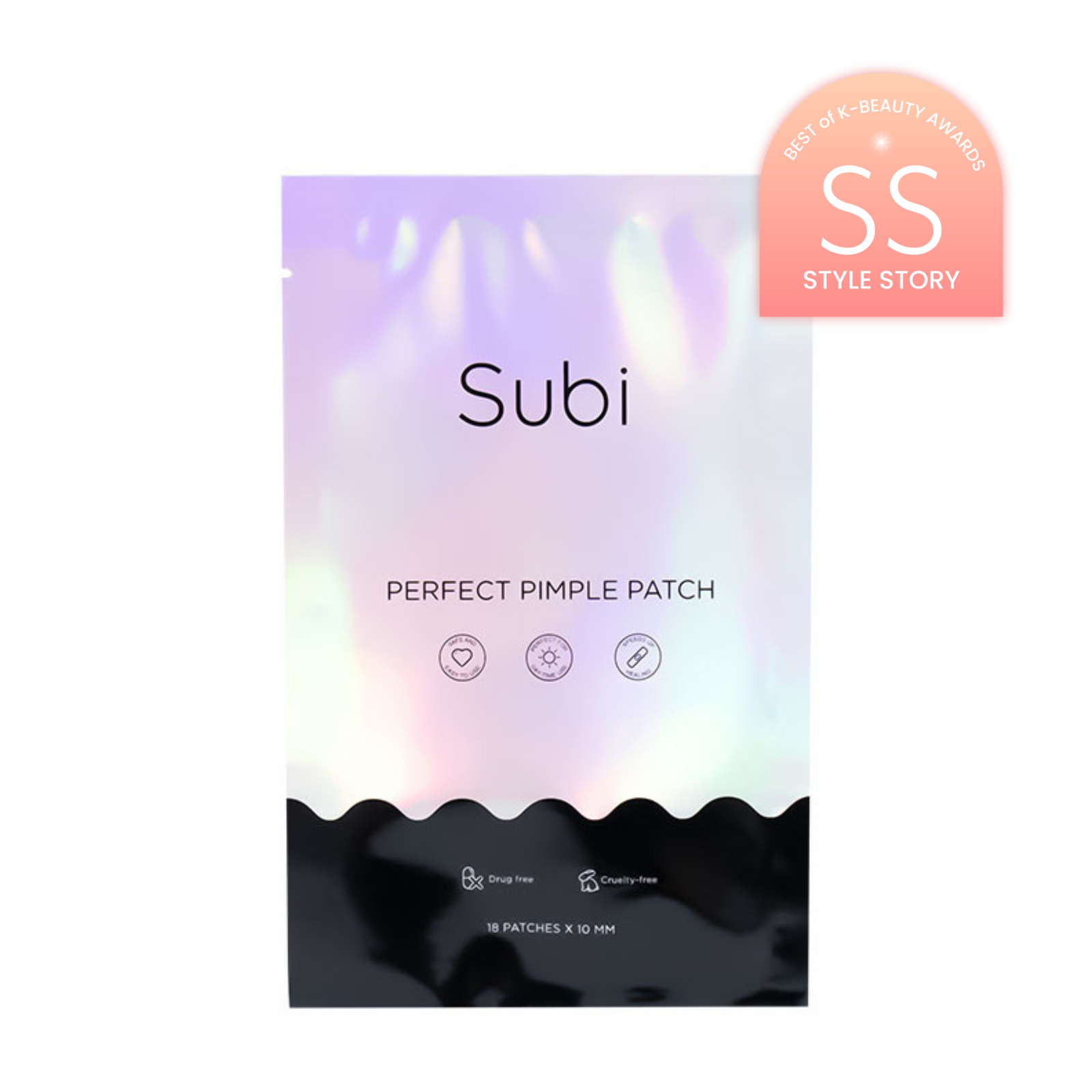

Leave a comment
Comments will be approved before showing up.